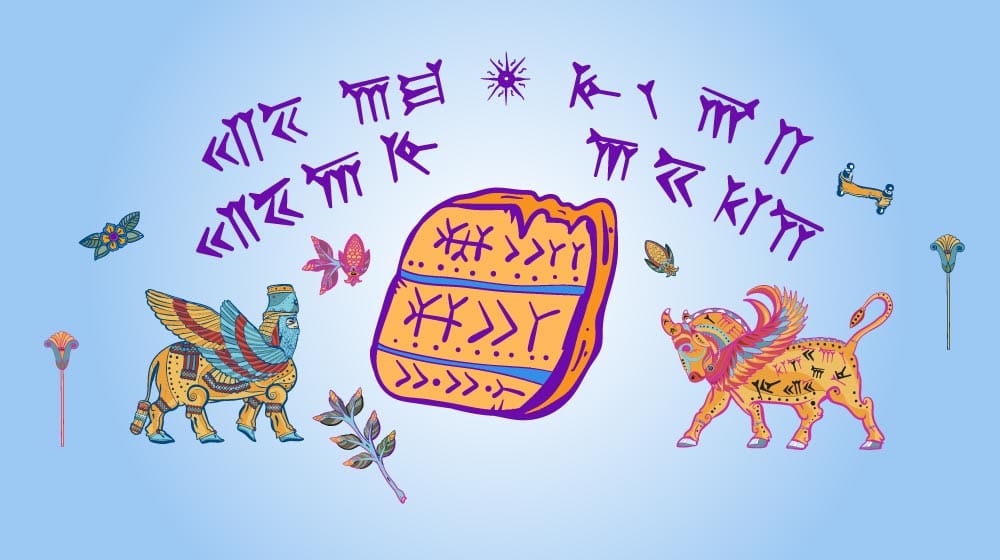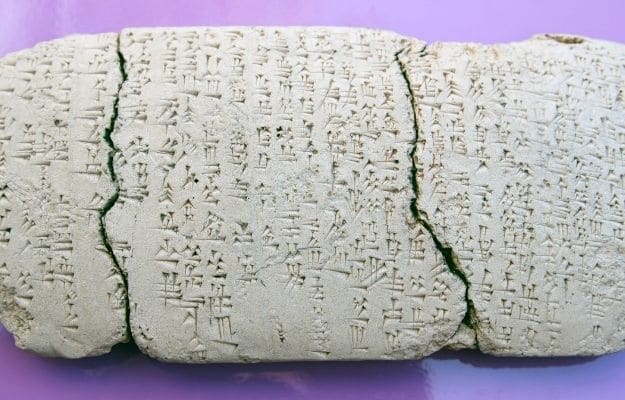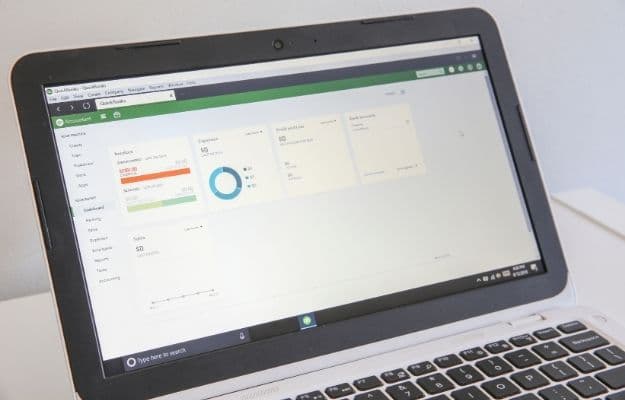The History Of The Modern-Day Bookkeeping System

Bookkeeping is one of the oldest service professions in the world, and it has gone through several iterations to help produce what we have today. Let’s take a brief look at the history of the bookkeeping system.
The First Bookkeeping System: Carved in Clay

Did you know that people were already recording data on tablets back in 4000 BC? That’s right, the oldest recorded contracts between two parties were found etched into stone tablets that date back that far and were found in Babylon and Assyria.
That was when bookkeeping, the job of recording transactions began. The stone tablets detail transactions that are surprisingly complicated considering the time period, from estate bequeathments to marriage dowries to loan terms.
As time marched on, the writing on the tablets became more complex. More complex economies emerged, most notably with the advent of currency around 600 BC.
People also started trading a lot more goods at a time. It used to be that people would only produce what they needed for themselves and maybe a little extra for friends and family. But once people realized they could collect a lot of one good and trade it for all the goods and services they needed, they began to require logs and ledgers detailing inventories and where they went.
The Bookkeeping Renaissance
Until the end of the 15th century, the recording of transactions was not done in an organized way. But in 1494, an Italian mathematician named Frater Luca Pacioli changed the game by publishing “Everything About Arithmetic, Geometry, and Proportion.”
It’s not a very arresting read what with all the great books on bookkeeping available today, but back then, it was a master class in how to keep track of finances. It actually laid out a comprehensive system for bookkeeping in great detail, including how to interface between journals, ledgers, and other documents. It is the same system used today.
Possibly the single most important idea in Pacioli’s book was double entry bookkeeping, although the concept was initially introduced by Benedetto Cotrugli a few years earlier. In double-entry bookkeeping, every transaction must produce two entries in different logs: one entry for money gained (credit) and another for money lost (debit).
That means people were no longer just keeping track of “John paid Bill $1”; they were creating two separate entries for “John, -$1” and “Bill, +$1” in both John’s and Bill’s ledgers. An organizational change that probably seems obvious today, but it was revolutionary for the bookkeeping system back then.
The Waste Book and Professional Bookkeepers
At that time, court scribes kept track of some royalty transactions, and most normal people kept track of money themselves. They did so by carrying a “waste book,” a journal where they kept track of their daily gains and losses. The reason it was called that was that they would periodically transfer their own transactions to a more permanent log that was kept at home and then “waste” the used journal pages by throwing them out.
Everyone not wearing a crown was expected to be their own bookkeeper, even if they were not great with business or numbers. A popular bookkeeping manual from 1835 even comments on this, saying that “You may be an excellent businessman, and no bookkeeper at all; or, an accomplished bookkeeper and possess few requisites indispensable in the character of a merchant.”
During the mid to late 1800s, though, bookkeeping system classes that taught business skills and more complex bookkeeping techniques came into vogue. They actually introduced students to the formal theories developed centuries earlier by mathematicians like Pacioli, and they offered certifications for mastery of the systems.
The general public soon caught on that hiring a certified bookkeeper who knew a lot about best bookkeeping practices and business theory was way more efficient than trying to do it themselves. The role of a professional bookkeeper was finally born.
Computerized Bookkeeping

1998 was the year it all changed for the second time.
Until a few decades ago, every bookkeeping system was kept with pen and paper and shoved into a file cabinet. People had to do all the calculations themselves, and you can be sure that the occasional disastrous mistake did happen. If one of the papers ever had to be referenced, someone had to dig through physical records to look it up, assuming it had been filed correctly. The point is, bookkeeping was an extremely laborious and risky process without computers.
Then Quickbooks came along. It enabled bookkeepers to enter information into digital forms and save it digitally, saving untold amounts of paper and office space. They could use the computer to quickly add up figures without ever making errors, and the forms were easy to call up when needed. It was a godsend.
Even more importantly, though, bookkeepers anywhere in the world could instantly share their bookkeeping system with each other. This connectedness is what allows bookkeepers to live such a liberated lifestyle today, working from anywhere they please while staying connected to clients and colleagues.
Cloud computing and digital storage technology (and Quickbooks itself) have obviously improved massively in the past decades, which has gone even further in making bookkeeping a great career. The modern bookkeeping system was made possible by approximately 6,000 years of progress.
RELATED: 10 Benefits of Cloud Computing for Your Business
Take a look at this video of accounting and bookkeeping work as done in the 1940s. I promise it’s gotten better.




